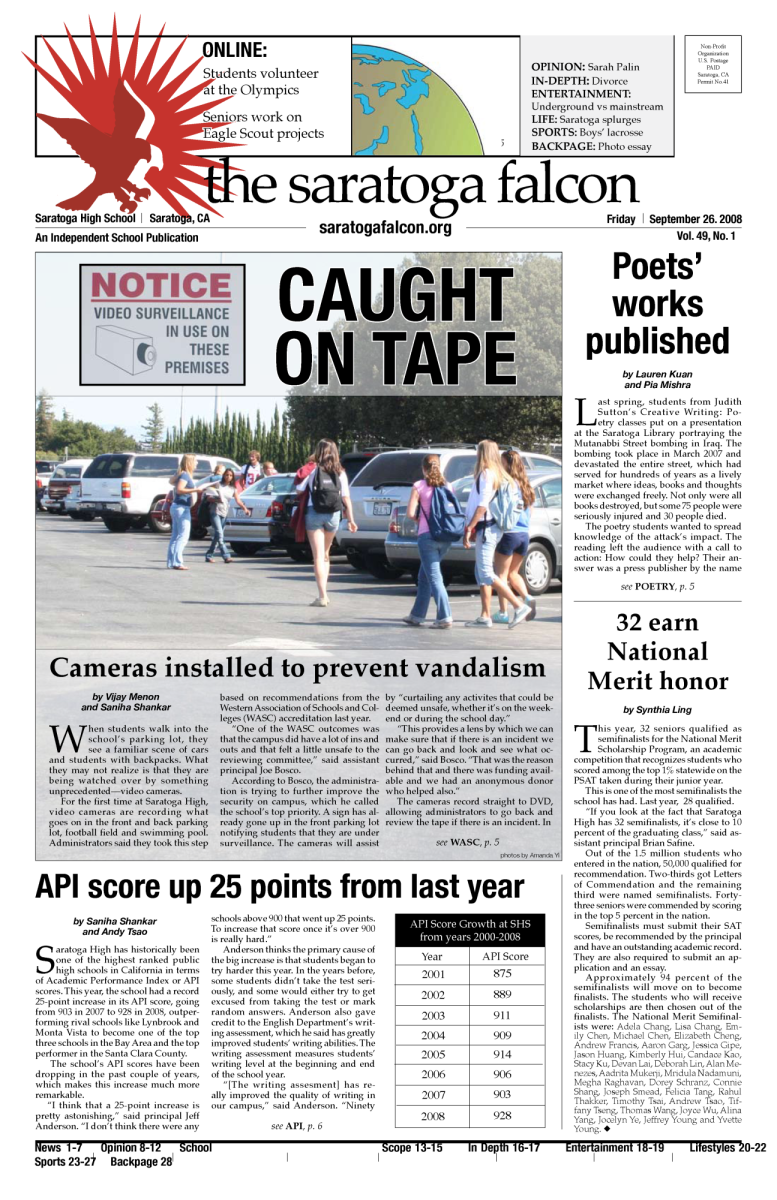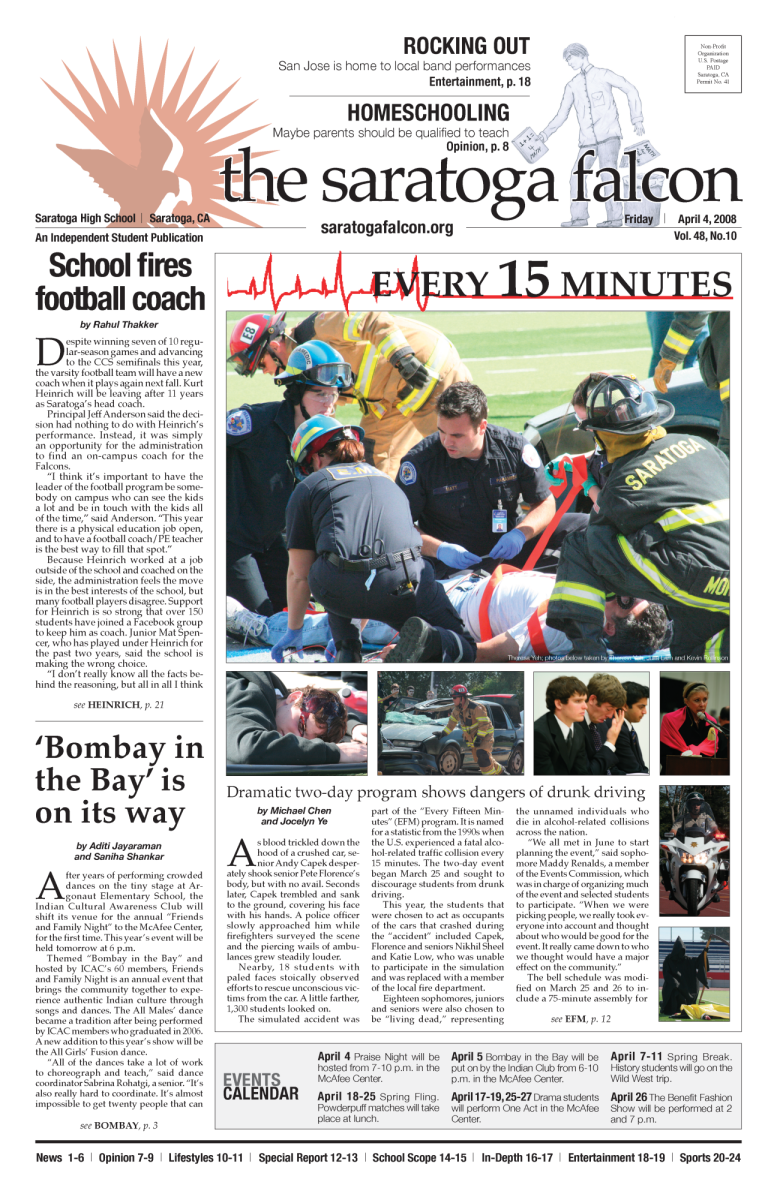A year ago, junior Hannah Payne struggled to find an extracurricular activity she could participate in. She had already tried doing musical theater, playing the guitar and singing. Stage fright forced her to quit, and eventually, she found a different direction thanks to a friend who introduced her to the sport of rowing.
It was a decision that changed her life.
Rowing, a demanding sport otherwise known as crew, can be done competitively or recreationally. The sport of rowing was first recognized in 1430 B.C. in Egypt, finally reaching the U.S. in 1852, when the first competition was held between Harvard University and Yale University. Since then, rowing has become popular in places such as the Bay Area.
Payne, now a member of the Los Gatos Rowing Club, has been training at the Lexington Reservoir in Los Gatos for more than a year. In order to prepare for the fierce competition, Payne and her teammates practice for five to six days a week, working two and a half hours on weekdays and three and a half hours on weekends.
“Practice is really difficult and physically demanding,” Payne said. “I’m [always] tired or sore during the week. The most difficult parts of rowing is the conditioning, which includes working out on the erg machines and requires all the muscles in your body.”
A typical practice includes many CrossFit-like workouts, combinations of different types of training including cardio or ab workouts. For example, the team runs long distances to build endurance and leg muscles, uses ergometer machines that simulate rowing and rows in the reservoir doing drills.
Competitions, also known as regattas, occur a couple of times a month and can last anywhere from an entire day to three days. Races are usually held out of town and sometimes outside of the state, meaning the team travels to places like Boston, San Diego, Long Beach and Sacramento.
According to Payne, traveling to tournaments is enjoyable but tiring. It also provides the perfect opportunity for team bonding and a chance to compete with rowers from all over.
There are two different race lengths, the 5,000 meter, which is raced in the fall, and the 2,000 meter, which is raced in the spring.
“Winning is one of the best feelings in the world,” said Payne. “Last year my boat made finals at regionals in Sacramento. In the past my club has frequently placed at nationals and has gained a good reputation for performing well at races.”
Payne and her teammates normally race in the “eight,” an eight-person boat with one captain, or coxswain, who steers the boat.
“Rowers don’t really have positions or roles, besides the coxswain,” Payne said. “We all are expected to put in the same amount of time, work and dedication.”
To keep the boat balanced, rowers must work together and be in sync. Harmony and respect among rowers and coxswains is the key to victory, she said.
The Los Gatos club Payne belongs to competes in the southwest region, one of the top two areas in the nation for junior rowing. The club faces many competitors boasting recent national champions.
Payne is now starting to think about doing the sport in college. Most colleges in the U.S. have close to 20 positions among their teams that need to be filled. Despite the tough competition and requirements needed to make a college crew team, Payne hopes she can find a spot.
“Rowers are supposed to be tall, and I’m pretty short, which definitely increases the difficulty,” said Payne. She said she is looking at the University of Washington and San Diego for their strong programs.
As well as being a brutally competitive and fun sport that pushes people past their limits, rowing also affects the athletes’ whole lives.
“Rowing has changed me a lot as a person,” Payne said, “I’ve learned about discipline and fitness and working together as a team, an important skill needed for life.”



























